There has been a lot of experimentation going on here over the last few weeks. Mostly related to using films at high-ish ISO ratings, in order to allow me to use zone focussing in the dull Lancashire winter light.
I've taken ORWO UN54 (a 100 rated film) and Ilford FP4 (125) up to 1600. I also took HP5 and Delta 400 up to 1600.
Another source of fun has been to use 35mm film in a Zeiss Netter folder, designed for 120 film, giving 60mm wide frames. I think this little camera is great as it is, but I like to fool around with stuff, so I gave it a go. Framing and getting the correct spacing for the photos has been a challenge, but not insurmountable.
Zeiss Nettar folder

Most folks buy little adapters to get the 35mm cassette to stay in one place and feed across to the take up spool. The problem with this, I thought, is that if you are out and want to put another roll in after you finish the first one, you are going to need to have remembered to bring a dark bag with you. So I thought it might be a nifty trick to get two sets of adapters and tape the leader of the film onto the tail end of a used film cassette to replace the take-up spool, so winding the film into a light tight box as it is used. Green adapters went on the unexposed film side and red ones on the exposed side.
Nettar Loaded

Taking part in an evening event with the local photo society gave me an ideal opportunity to try hand holding for 10 second exposures, while people fooled around with sparky, shiny stuff.


I am getting about 19 exposures on a 36 exp. roll.
The next experiment will be to try the same trick with the Ensign Selfix folder which will allow me to do 90mm wide frames.













